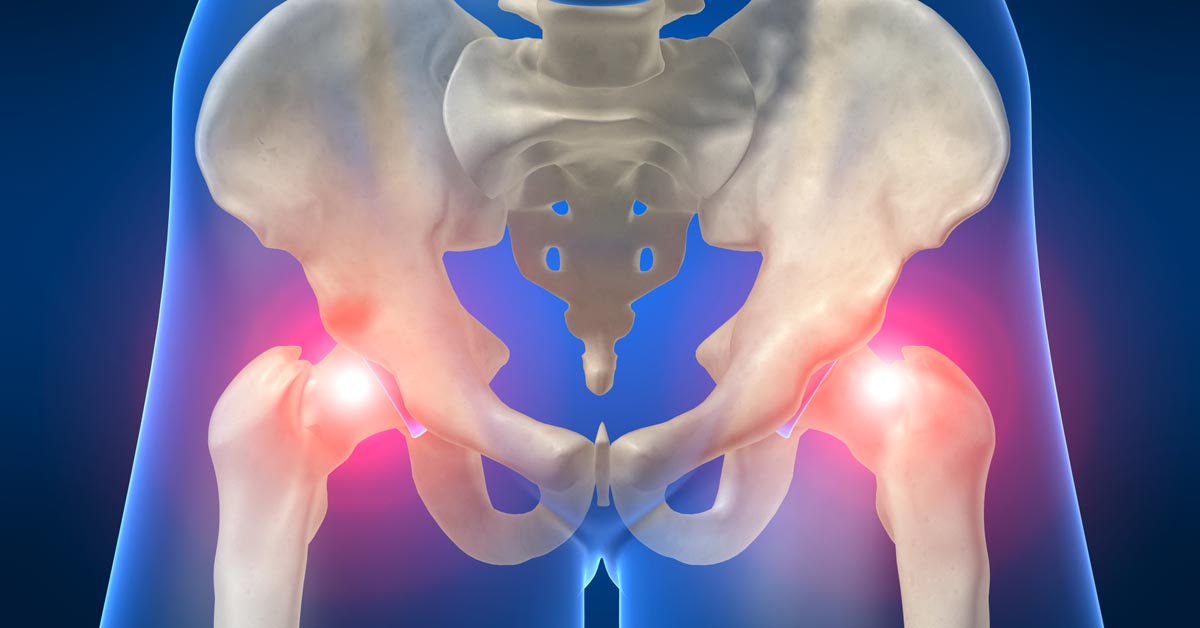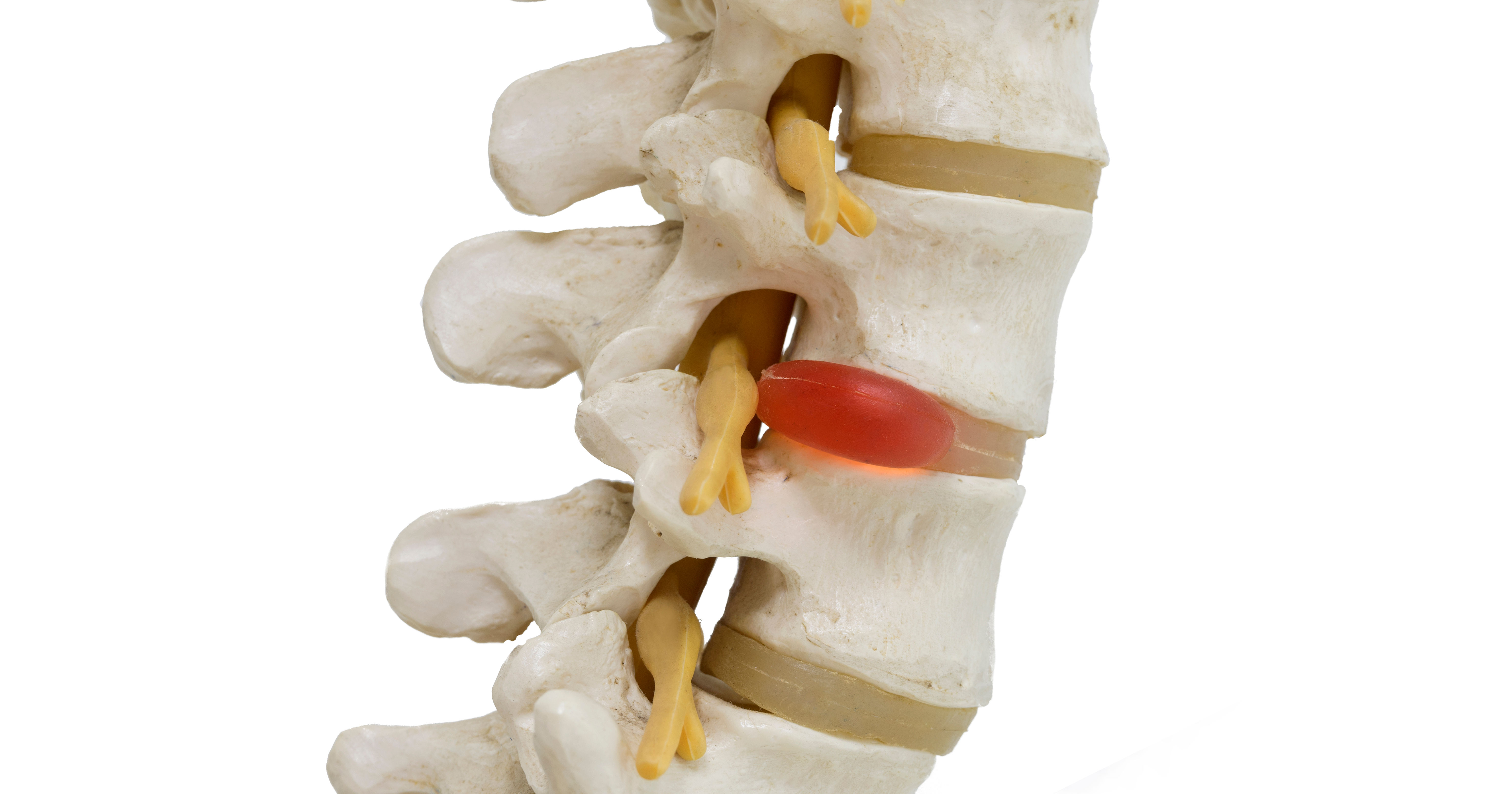 Dr. Harrell works with countless sciatica patients here in our Tumwater office, and quite a few of these individuals were concerned that they might require surgery to eliminate their pain. The most recent research shows that a large number of people don't require surgery for this prevalent issue, and that chiropractic is more beneficial at resolving sciatic nerve pain.
Dr. Harrell works with countless sciatica patients here in our Tumwater office, and quite a few of these individuals were concerned that they might require surgery to eliminate their pain. The most recent research shows that a large number of people don't require surgery for this prevalent issue, and that chiropractic is more beneficial at resolving sciatic nerve pain.
A typical surgery for sciatica is microdiscectomy, and in a 2010 study, researchers looked at 80 women and men with sciatica who were referred for this procedure.
Forty patients were then randomly placed in one of two groups. The first group was to receive surgical microdiscectomy and the second group received chiropractic care.
Both groups got better; however, no apparent difference in outcome was reported one year post-treatment between the surgery group and the chiropractic group. Additionally, roughly 60 percent of the participating subjects who could not find relief from any other treatment method "benefited from spinal manipulation to the same degree as if they underwent surgical intervention."
Simply put, chiropractic delivered the same positive benefits as surgery without needing to endure the increased amounts of surgery-based pain or suffer through lengthy recovery times often affiliated with that particular treatment option. Additionally, you also don't run the risks affiliated with surgical microdiscectomy, which includes nerve root damage, bowel or bladder incontinence, bleeding, or infection.
Surgery ought to be the last resort for sciatica pain. If you live in Tumwater and you're suffering from back pain or sciatica, give Dr. Harrell a call today at (360) 489-0635. We'll help identify the source of your pain and work hard to get you relief.
References
- McMorland, G et al. Manipulation or microdiskectomy for sciatica? A prospective randomized clinical study. Journal of Manipulative and Physiological Therapeutics 2010;33(8):576-584.
- Solberg TK, Nygaard OP, Sjaavik K, Hofoss D, Ingebrigtsen T. The risk of "getting worse" after lumbar microdiscectomy. European Spine Journal 2005;14(1):49-54.



